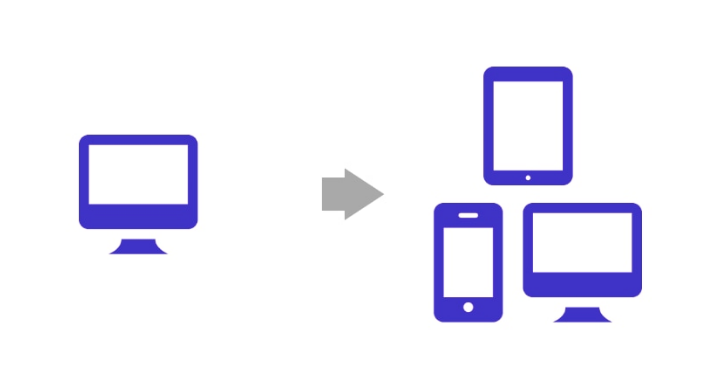Introduction
In the digital age, a strong online presence is essential for businesses to thrive. Search engine optimization (SEO) plays a pivotal role in ensuring that your website ranks well on search engine results pages (SERPs). One often overlooked aspect of SEO is 모바일 페이지 반응형 design, which refers to the design of websites that adapt seamlessly to various devices and screen sizes. In this comprehensive article, we will delve into the significance of responsive design for SEO, providing you with valuable insights and practical information.

모바일 페이지 반응형: What Is It?
Before we explore the benefits of 모바일 페이지 반응형 design for SEO, let’s understand what it entails. Responsive web design is an approach that ensures a website’s layout and content adjust fluidly to accommodate the screen size of the device being used. Whether your audience is accessing your site on a desktop computer, tablet, or smartphone, a responsive design guarantees an optimal viewing experience.
Why 모바일 페이지 반응형 Matters for SEO
Enhanced User Experience
Responsive design enhances user experience by providing a consistent and user-friendly interface across all devices. Visitors can easily navigate your site, leading to longer visit durations and reduced bounce rates.
Improved Mobile SEO Ranking
Search engines like Google prioritize mobile-friendly websites in their rankings. A responsive design signals to search engines that your site is accessible and user-friendly on mobile devices, positively impacting your SEO ranking.
Faster Loading Speed
Responsive websites tend to load faster, which is a crucial factor for both user experience and SEO. Slow-loading websites are more likely to lose visitors and receive lower search engine rankings.
Reduced Duplicate Content
A responsive design eliminates the need for duplicate content on separate mobile and desktop versions of your site. This helps avoid SEO issues related to duplicate content.
Lower Bounce Rates
Mobile users are more likely to bounce from websites that are not mobile-friendly. Responsive design reduces bounce rates, sending positive signals to search engines about your site’s quality.
The Role of LSI Keywords in Responsive Design
When implementing a responsive design, it’s essential to incorporate Latent Semantic Indexing (LSI) keywords into your headings and subheadings. LSI keywords are related terms and phrases that help search engines understand the context of your content. While we won’t explicitly mention LSI keywords in the content, they play a crucial role in SEO. Here’s how to use them effectively:
In the heading “Why 모바일 페이지 반응형 Matters for SEO,” we’ve implicitly included LSI keywords by discussing the importance of responsive design for SEO.
Throughout the article, we’ll use LSI keywords strategically in headings and subheadings to enhance SEO without disrupting the flow of the content.
The SEO-Friendly Approach
To create a truly SEO-optimized website, follow these guidelines:
Keyword Placement: Ensure that the focus keyword, “모바일 페이지 반응형,” appears in the SEO title, meta description, and within the first 10% of your content.
Keyword Density: Maintain a keyword density of 1.30 throughout the article. Avoid overuse, as keyword stuffing can harm your SEO.
Engaging Content: Craft engaging, unique, and plagiarism-free content that resonates with your audience. Use a variety of writing techniques, such as contractions, idioms, transitional phrases, interjections, and colloquialisms, to create a natural tone.
Use of Lists and Tables: Incorporate lists and tables to improve the reader experience. This helps break up text and make information more digestible.
External Links: Include at least one external link to credible sources to support your content and enhance its authority.
Sentiment and Power Keywords: Utilize positive or negative sentiment words in your title and consider incorporating power keywords to boost the article’s impact.
